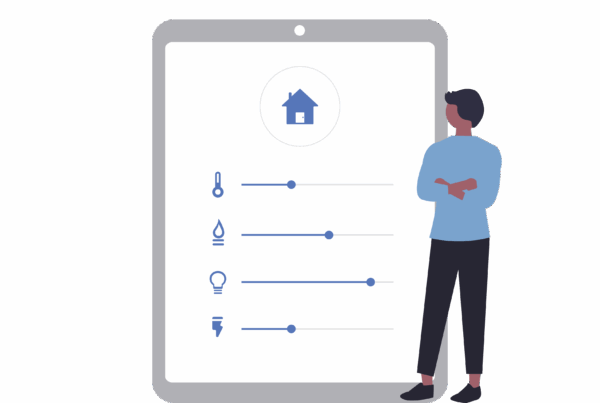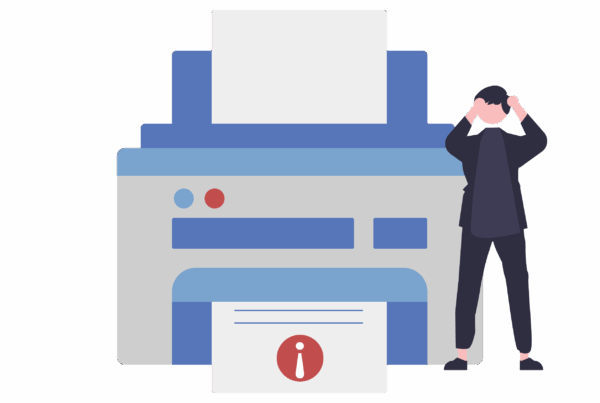
It is becoming increasingly important to protect your child online. While the internet is a source of endless learning and entertainment for young children, we cannot ignore the many perils that it presents. According to PixelPrivacy.com, an online security resource, 1 in 5 children who use the internet have been sexually solicited. Additionally, nearly 60% of teens have received an email or instant message from a stranger (half have replied.) Yes, this certainly makes one think twice about handing your child a tablet to get some peace!
Today, researchers have identified two major threats for children online: unsupervised chat rooms and cyberbullying. Without doubt, unsupervised chat rooms are some of the most dangerous platforms on the Web for children, and particularly for teenagers who are looking to experiment and also to ‘fit in’. These forums are attractive places for cyber molesters – who pose as other children to gain the trust and confidence of victims.
With regards to cyberbullying, this is no doubt one of the greatest scourges facing digitally-connected youngsters today. (KidsHealth.com describes cyberbullying as ‘the use of technology to harass, threaten, embarrass or target another person).
Examples of such behavior would be sending harmful texts or emails, and posting damaging comments or images on social networks. Other examples include spreading negative rumours publicly via social networks, group texts or social postings. According to a 2018 Ipsos Global Advisor study conducted in 28 countries, South Africa has the highest prevalence of cyberbullying – with a quarter of parents reporting that their child had been cyberbullied.
In short, parents have to be proactive about keeping children and teenagers safe online.
Here are four immediate steps you can take:
1. Protect your child online by having open, honest discussions about the risks of using the Web
There is no use imposing restrictions if your child doesn’t understand why. It is essential to take the time to educate your youngster around the dangers inherent in going online, and what the consequences might be. This isn’t a fear-mongering exercise, but rather a healthy start to developing respect for the digital world – and an ability to always be alert.
2. Check with your Internet Service Provider or IT support company for any parental controls, blocking and filtering tools to help protect your child online
Today, all IT support companies (and some ISPs) offer robust parental controls and filtering tools that are designed to protect children and empower parents. Become educated around these tools, and where possible, implement them in your home.
3. Set Daily Limits on Your Child’s Device Usage
It goes without saying that internet time should have restrictions on it. Children should never be left, unsupervised, to spend hours and hours in the digital sphere. If your child doesn’t adhere to the limits, you can apply the above-mentioned parental controls to enforce them.
4. ‘Follow’ or ‘Friend’ Your Child on Social Networks
This may be an obvious step, but it’s an important one! By following your child’s activity online, you can monitor content as well as the type of followers and feedback your child is garnering in the digital world.



